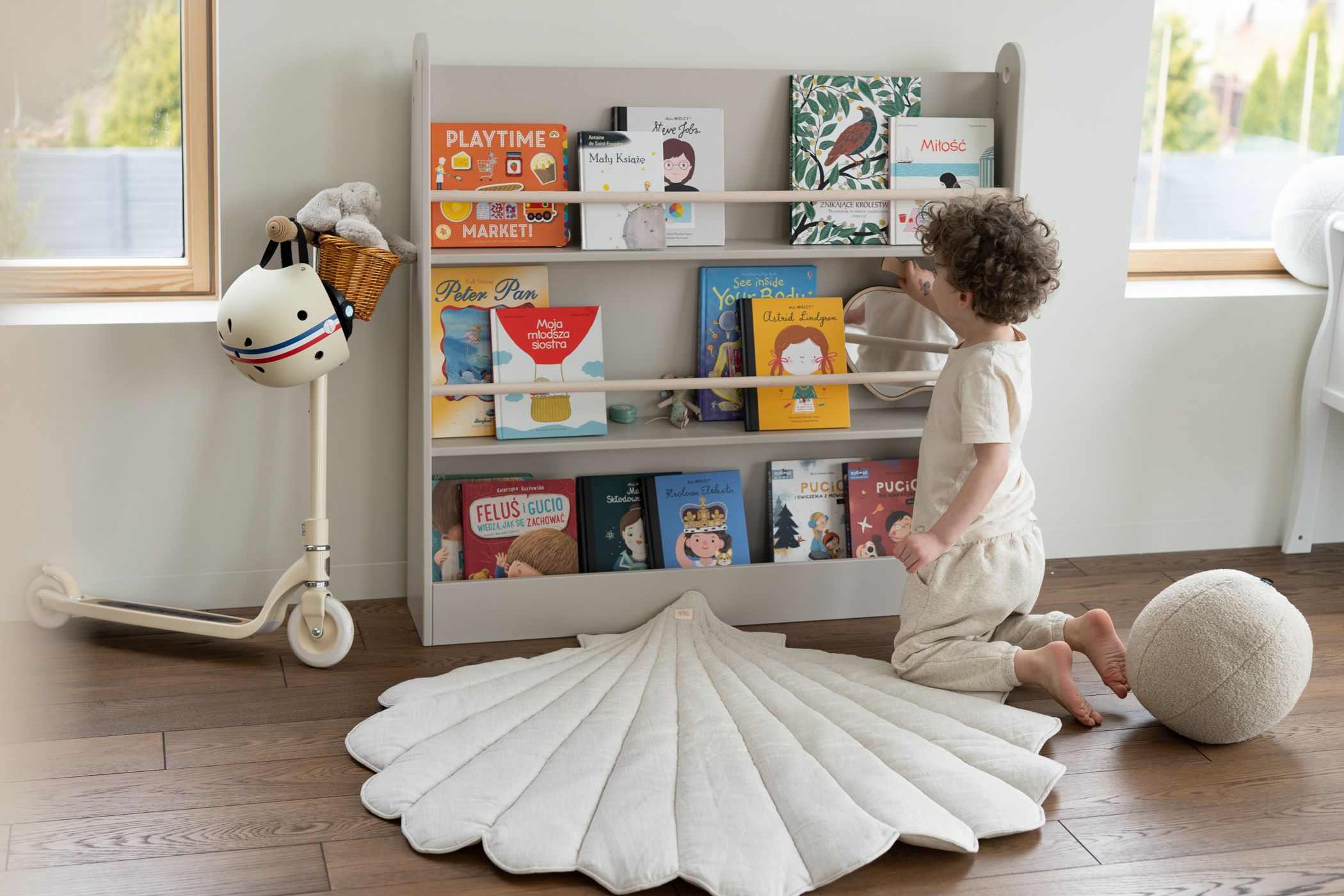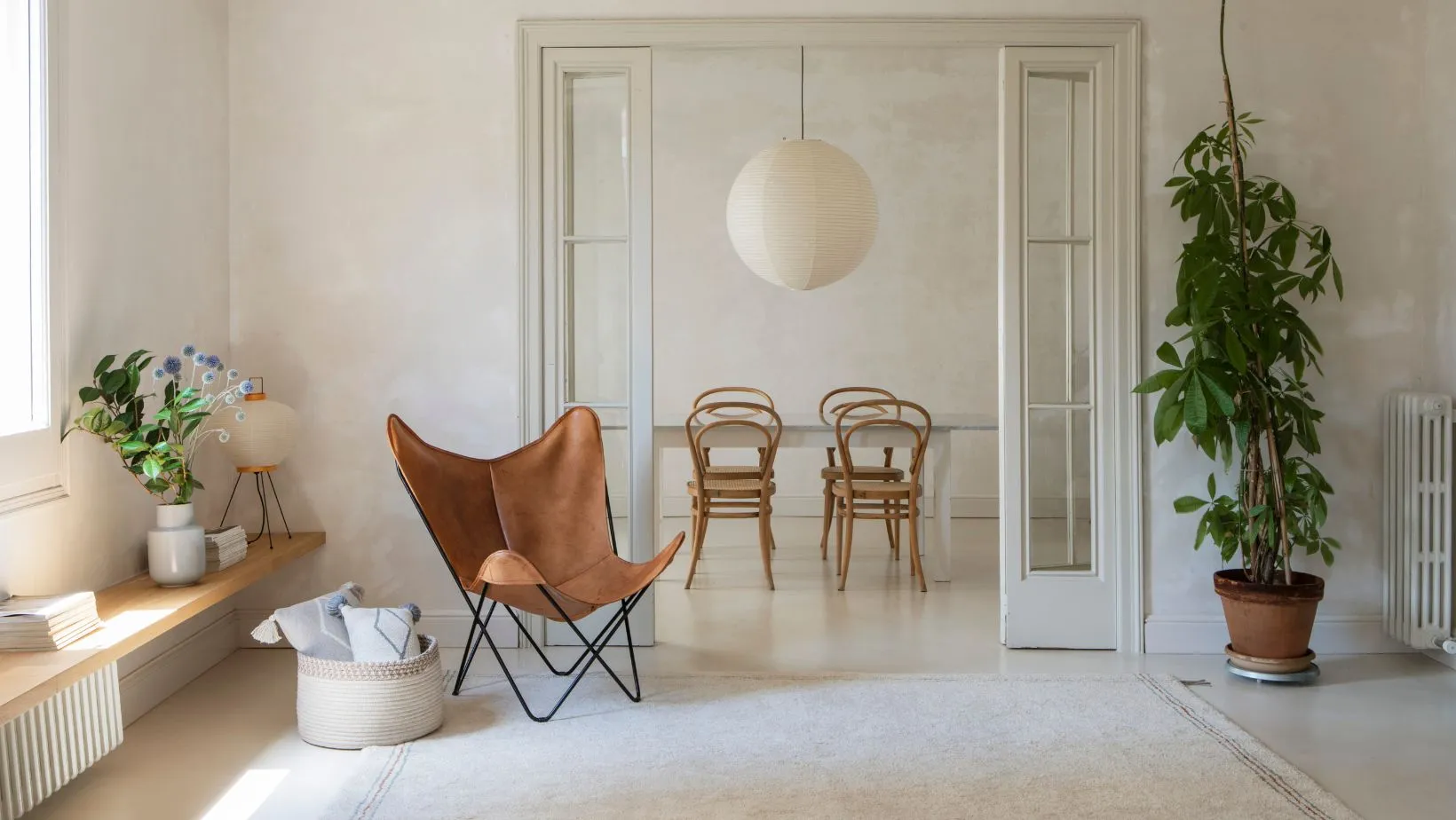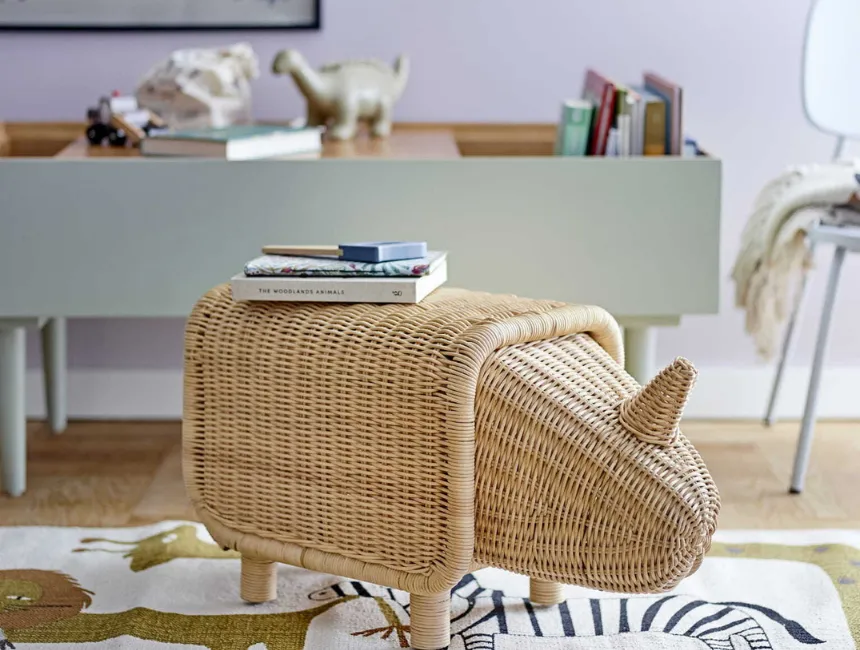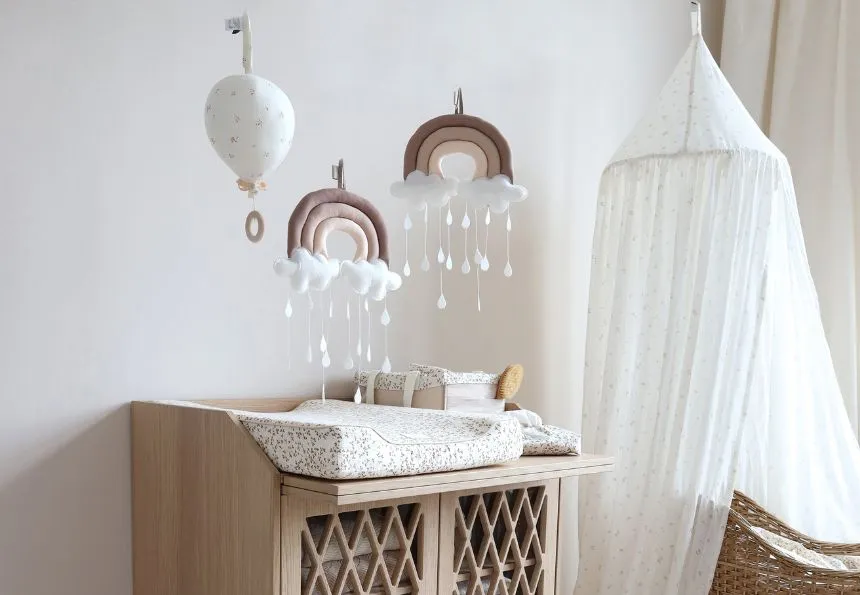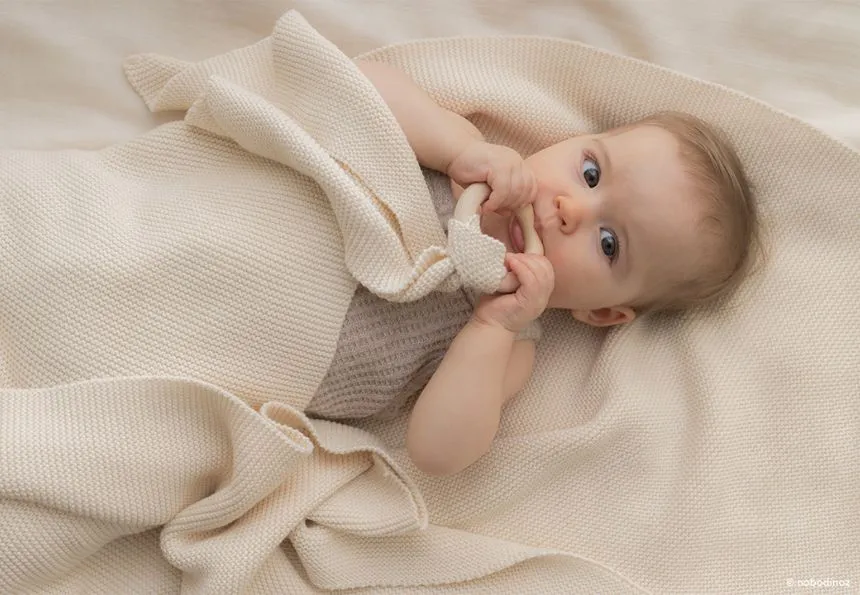Children, like no other, have a rich imagination and love to surround themselves with things. They are spontaneous, not afraid of mistakes, honest and carefree. A child's room should reflect their passions, encourage play and at the same time be their favorite place to relax. The child simply must feel good in it. What furniture to choose for a child's room and how to arrange it? How to create a functional layout of our little child's space and why is it worth creating a room together with your little one? You will learn all this from the advice taken from the book "How to arrange your own apartment. Interior design” by interior designer Monika Bień – Königsman.
Are you decorating a child's room? Do it with him
Although beige is triumphing in social media, let's consider whether we will create a room for a child or for Instagram... Isn't it true that a toddler would like to live in a space full of colors, a jungle, or on the moon, and their little princess in a palace surrounded by an army of ponies? And although in your imagination you can see the most infantile images from which you will defend yourself with your arms and legs, it does not mean that you will embody your child's dream of a beautiful room by creating a "home kindergarten" from the interior.
A child's room may be the only place in the house where color will dominate - but that's how it should be! This is where your toddler will engage in his or her favorite activities, develop creativity, and meet friends. AND Even if the dominant motif is fairies and princesses, this room can still look cheerful and childlike, but not infantile.
If you are at the stage of planning and arranging a room for your child, do it together with him. This will be a great opportunity to spend time together and make your child feel that his or her voice counts. You, as parents, take care of functionality, decide what furniture is needed (the list below will help you with this), and give your child a free hand in choosing colors and accessories.
Children's room - for a newborn or a preschooler?
A child's room is a room in the house that most often undergoes a metamorphosis. The functions it is to perform at a given moment will depend primarily on how old our child is. In this respect, we can distinguish several types of children's rooms. We have a room for a baby and a small child, a room for a preschooler, a student and a teenager.
Let's remember that Even if we are designing a space for a baby, in the future we will have to find space for a larger bed, desk or armchair. While our child is still small, let's look at his room from his perspective, e.g. lie on the floor or walk on all fours. Such an exercise will really help you feel the space in the way a toddler perceives it.
When analyzing what needs your child's kingdom should meet, it is worth answering a few questions:
- Is the room intended for one child or siblings
- Do we arrange a room for the baby, and if so, do we plan care activities, feeding, changing clothes, etc. there?
- Does the child have any allergies?
- Will the child have a pet in the room?
- What are the toddler's interests - does he have a large collection of toys, games, books?
- Does your toddler like books?
- Does he like painting or drawing?
- Is he an active child - does he like to dance, run, exercise?
What furniture for a child's room?
Furniture for a child's room can be divided into three zones (or levels), each of which will perform its own function.
- just above the floor - this zone will be most often used by a crawling baby
- at a height of up to approx. 160 cm - the kingdom of a small child
- over 160 cm – teenager's zone, but also parent's zone. In high cabinets, parents can hide less used items, such as seasonal clothes
List of furniture for a child's room
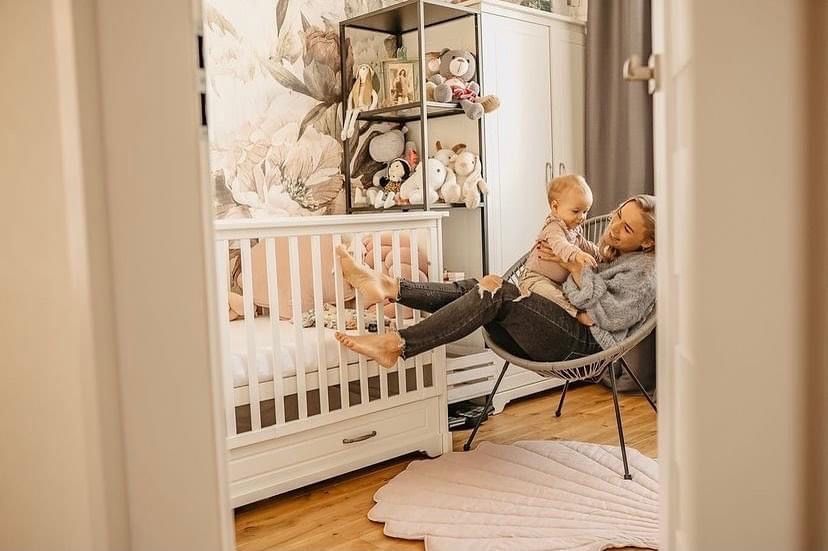
Creating a list of things that will be necessary in your toddler's room will help at the planning stage. Depending on how old your child is, he or she may not need some of the furniture yet and you will have to buy it later. For example, it is not worth investing in a desk for the room that the baby will use from the very beginning. Not only will it not be useful to him, but it may be an additional obstacle and take up space that would be better served as a play corner.
The most important furniture and equipment for a children's room are:
a. Comfortable bed and/ or crib.
b. Wardrobe
c. Commode
d. Desk (for a student), table with a chair (for a preschooler)
e. Desk chair
f. Toy shelves/bookcase
g. A reading chair (or a feeding chair for the mother) and a table next to the chair
h. Changing mat (can be installed on a chest of drawers or on a bed)
i. Baskets and boxes for toys
j. Carpet
k. Window decorations (curtains, curtains, blinds)
l. A place for a pet
ł. Wall decorations – mirror, posters, hangers
m. Lighting – ceiling lamp, side or plug-in lamps
Zones, or how to arrange furniture in a child's room.
In order for a child's room to fulfill its functions, it is worth dividing it into zones. Thus, we will gain a space divided into: a place to play, a place to study, a place to rest and a place to sleep. Appropriate furniture should then be matched to the zones in the child's room.
- Sleep zone – bed, bedside table, lamp with dimmer
- Fun zone – this zone can simply be a free space that can accommodate at most baskets for toys or furniture that can be easily moved – a table and a chair for drawing. The more space a small child has, the better because play stimulates his development and triggers creativity.
- Rest area – an armchair or a comfortable pouffe will work well here
- Learning zone – desk, chair, shelves, lamp, magnetic or cork board
How to arrange furniture in a child's room
Where to put a desk and a bed in a child's room and what else is necessary?
- Desk
It is best to place the desk sideways to the window. This arrangement will facilitate access to sunlight during the day. However, if this is not possible, let's set it up facing the window, never facing away.
2. Bed
Do not place the bed in the immediate vicinity of a radiator or a window. It should also not be placed in front of the door. If the room is intended for siblings, a bunk bed will be a good solution. In the room we are arranging for a baby, a baby cot that can be transformed into children's beds will work best at first. All you need to do is remove the high rungs and replace them with lower ones (at least 16 cm high).
3. Storage furniture
At least one of the walls will be intended for a wardrobe, chest of drawers, or bookcase. It is important that the child has ease and freedom in reaching for his things. We should reserve the highest shelves for the least frequently used items. Let the lower ones (to which the child has access) be devoted to his favorite items and toys.
4. A place to play and rest
The center of the room should be a free space, insulated with a carpet so that the child can play on it. If your child likes to read, it is worth finding a place in the room for an armchair or a comfortable pouffe and appropriate lighting.
Accessories for a children's room
When choosing furniture and accessories for a child's room, let's pay attention to whether they have appropriate safety certificates. Children's furniture should be practical and create a space that will support their creativity. For safety reasons, furniture for a children's room should not have sharp edges. Let's also pay attention to quality of paints and varnishes, what they were painted. They should have appropriate certificates and be harmless to health.
Once we have a ready plan of what, where and how to set it up, now it's our little one's turn (of course, if he is not a baby anymore). Let him choose the colors, accessories and patterns. It will be a good way creating an inspiration board, where you and your child can hang photos of furniture, colors, arrangements and decorations that your child likes.
What colors for a child's room?
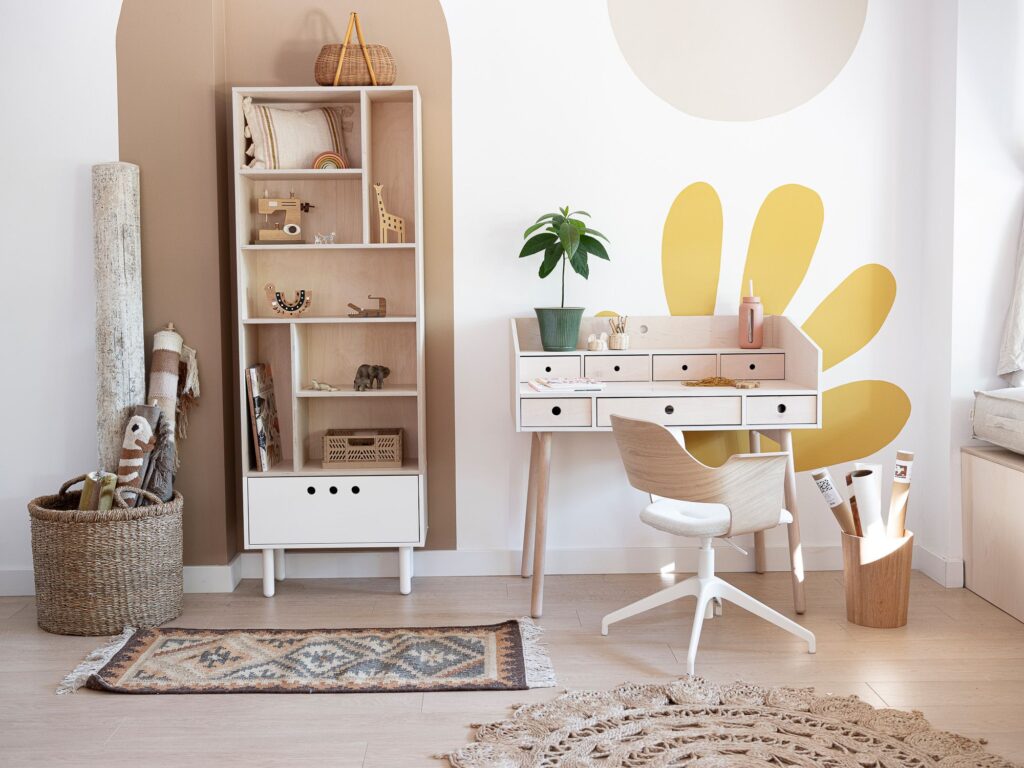
When choosing colors for a child's room, let's first think about the atmosphere they want to create. A child's room is associated with joy, fun, but also coziness. If your child is old enough to talk to him, it is worth explaining to him before choosing colors that his room will not be used only for playing. It is also intended to serve as a bedroom and help him calm down from time to time.
Many colors will work well in a children's room, and at this stage it is not worth thinking in patterns - "blue for boys, pink for girls". Colors can become a key element when it comes to the mood that a children's interior will evoke. A good way to choose colors is to introduce colors that will contrast with each other.
When it comes to choosing colors for the walls in a child's room, it is worth choosing light ones. We recommend colors that will reflect natural light. However, in a child's room it is not recommended to paint the walls in loud colors (such as red or orange) which may overstimulate your baby and make him or her more irritated.
When purchasing paints, it is worth paying attention to whether the ones you choose are stain-resistant and easy to wash. A good idea is to paint the wall halfway with one stronger color, and above it use a lighter, neutral color. Thanks to this, the child's room will gain more color and will not be overwhelming.
You can read about what colors match each other and how to choose them in the next text. And you will find more inspiration on our social media.
Źródła:
M. Bień-Königsman, How to arrange your own apartment. Interior design, SBM Publishing House, Warsaw 2020
